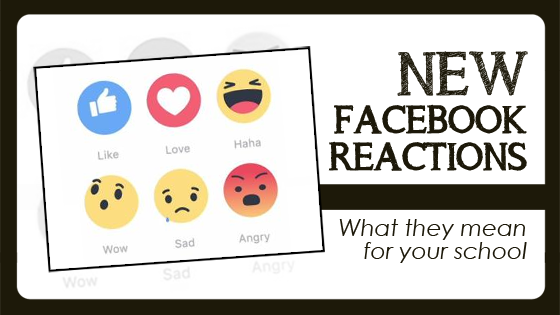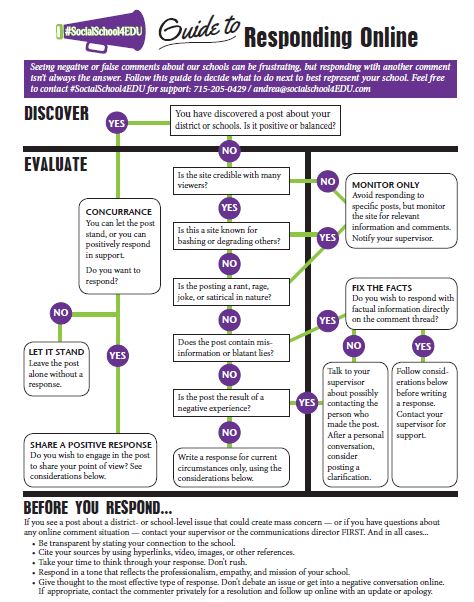It just hit Facebook on February 24. Did you notice?
Instead of just an option to “like” a post with a thumbs up, there are 5 additional reactions that your audience can now dish out. In the spirit of emoji’s – the reactions look like this:
Personally, I’m so thankful for the options. I mean, if someone shares some bad news on their Facebook page, does your “like” mean that you are happy that they are sad? Or does that thumbs up mean that you are offering some support? Now you don’t have to wonder; you can use the sad reaction.
And if something is super impressive, that thumbs up doesn’t seem enough. Now we have the option of showing some “love” or even dishing out a “wow” with a single stroke (or a hover and then selecting the right face). I don’t need to type a comment to try to explain myself.
Facebook did some thorough research (spanning more than a year) in identifying these six reactions. “We have been very intentional about really understanding what people are trying to communicate on Facebook right now and how can we make that easier,” said Tom Alison, engineering director of News Feed. Now that they are here, what does it mean for our school pages?
What does this mean for schools?
The overarching bonus of these additional choices is that we can learn even more about how our audience feels about the posts we are sharing. If someone takes the time to hover and push that “haha” button, they really thought that picture of the principal duct-taped to the wall was funny. Or if they added a “wow” reaction, that student who just made it to the National Spelling Bee feels even more supported by their community.
Another advantage is that it makes it kind of fun to engage with posts because the user can be more expressive. My assumption is that we will see an increase in engagement with the posts we put out to our community. This is completely invalidated at this point. More engagement affects the Facebook algorithm, so more people are likely to see your post.
The challenging part is that we may get feedback that we’re not excited to see. For example, we share a post and someone suddenly selects that this news makes them “angry.” Or we post some happy news of a referendum passing meaning more opportunities for our students, but a community member posts a “sad” face. Some of these may be sarcastic in nature; we don’t really know.
Schools have to be ready to take the good with the bad. Overall, all feedback received is good feedback. Some you will take more seriously than others. The main point is that you always keep a close eye on the activity on your page and be ready to respond to negative feedback when it happens. Here is a helpful guide that walks you through responding online.
Wrapping it up
Social media is meant to be social. These additional five options make it more social without demanding too much time from your audience. Schools should be excited about the new options.
Are you seeing these show up in your newsfeed? Let us know your own reaction below.




